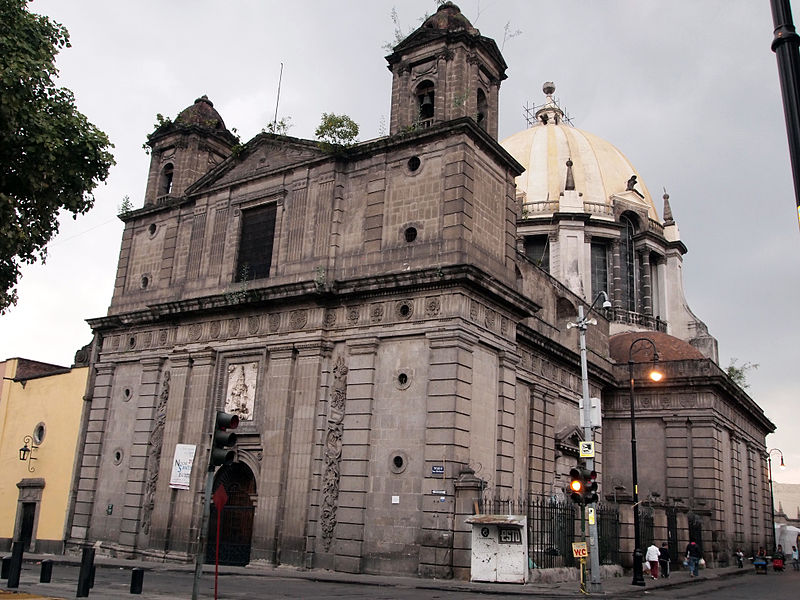
The Church of Nuestra Señora de Loreto is the last city church built during the Spanish colonial period. It was built between 1806 and 1819. Mexican independence was made official just two years later. It’s probably more famous today as the most endangered church in the city center.
The building has tilted to its right almost since it opened. This is due to a tremendous construction failure. One side was built of solid stone and the other with much lighter tezontle, the blood red volcanic rock visible on many facades in the city center. The significant weight difference has put the church into considerable risk of collapse.
The era’s most famous artist and architect Manuel Tolsá did some initial sketches for the project. But the Church of Our Lady of San Loreto is actually the work of the Ignacio Castera and Agustin Paz, both of whom achieved their own renowned in the same time period. Castera in particular had worked extensively on the Metropolitan Cathedral only finally being finished at the time.
Interestingly, although the church layout is decidedly Baroque, all of the ornamentation is strictly Neoclassical. That’s one more reason it’s often mistaken for a Tolsá building. This church’s most remarkable attribute is its massive 30-meter dome that stands some 15 meters high. It’s not lightweight, either.
The temple is dedicated to Our Lady of Loreto, a Catholic pilgrimage site in Loreto, Italy. The medieval legend has it that a stone house was carried, stone by stone, by angels from the Holy Land to Italy so that the Virgin Mary could live there instead. A cedar statue of a Black Madonna in the Italian coastal town is credited with miracles.
The Plaza de Loreto, out front of the Church of Nuestra Señora de Loreto, has a number of important features. Most prominent is the magnificent fountain designed by the same Manuel Tolsá. It was moved here from its original site on present-day Avenida Buccarelli. One of the most iconic of city center neighborhoods, this one is full of stories, about immigration, religious diversity, and the neighborhood’s frenetic and continual commerce.
 santuarioloreto@hotmail.com
santuarioloreto@hotmail.com
 +52 55 5702 7850
+52 55 5702 7850
 https://www.facebook.com/Santuario-de-Nuestra-Se%C3%B1ora-de-Loreto-441481899396243/
https://www.facebook.com/Santuario-de-Nuestra-Se%C3%B1ora-de-Loreto-441481899396243/
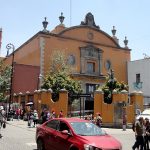
0.06 kms.
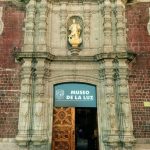
0.09 kms.

One of the Center City's most beautiful of Baroque chapels is almost at the southern edge of the island.
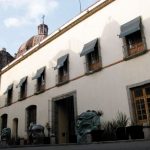
The former Santa Inés Church & Convent provides some lively competition on a City Center street.
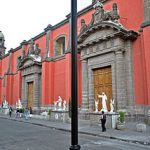
One of the city center's most illustrious former convents is still a sight to see.
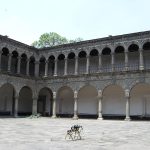
All that's left of the old monastery that named the neighborhood that's as "Mexico City" as any.

One of the 18th Century's best examples of the new Neo-Classicism, a church holds its own in La Merced.